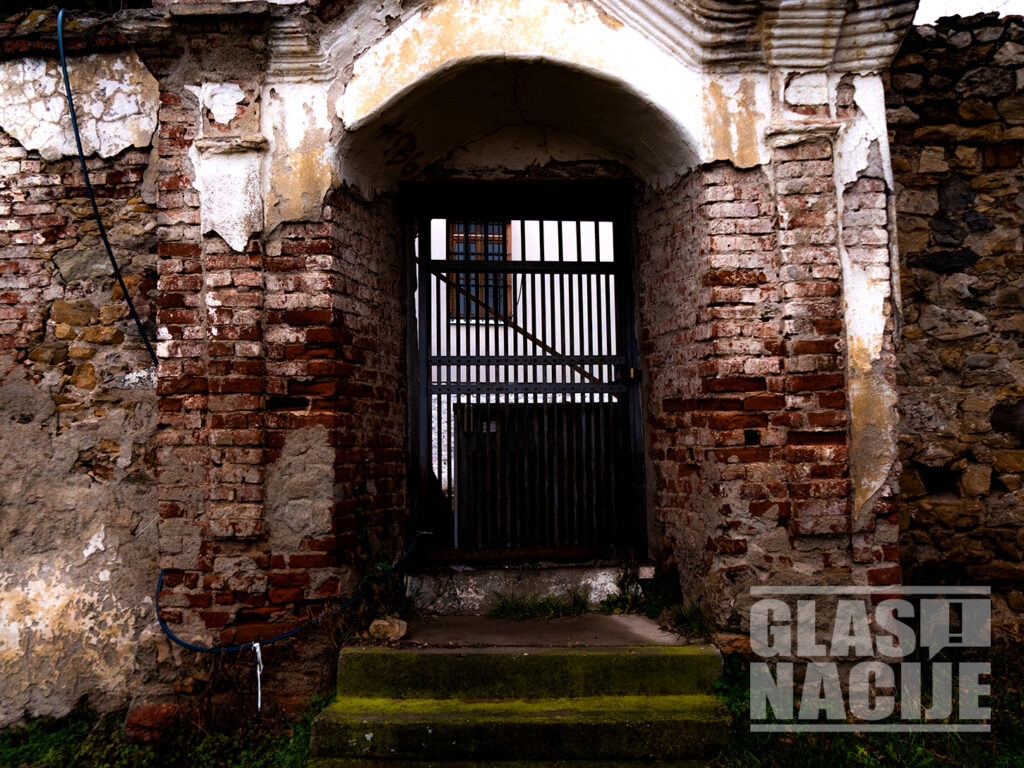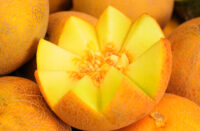Portal Glas Nacije u serijalu tekstova “Moj dan u Knjaževcu” će Vas odvesti na ovo mesto da Vam predstavi kulturne i ostale znamenitosti grada.
Gurgusovačka kula ili ,,Srpska Bastilja” je nekadašnjem zatvor za protivnike režima Karađorđevića. Izgrađena je na mestu starijeg turskog šanca koji je podignut u 18. veku.

U njoj su ležali razbojnici ,lopovi, državni činovnici ali i istaknuti članovi dinastije Obrenović. Zato ju je Miloš, 1859 godine po njegovom nalogu spalio, a grad je u njegovu čast promenio ime u Knjaževac. Gurgusovačka kula obnovljena je posle srpsko-turskih ratova. Kulu je do 1959. godine koristila vojska.

Radove kule predvodio je Franc Janke koji je istovremeno bio zadužen za izgradnju savremenih zgrada u Beogradu. Kula je bila četvorougaona i na dva sprata, a od prvobitne kule sačuvan ulaz i samo jedan zid sa otvorima za puške.
Festival kulture mladih ovde svake godine okupi više od 15.000 posetilaca.
Veoma je posećena za vreme kulturnih i javnih događaja, zbog svoje letnje pozornice.
Portal Glas Nacije in the series of texts "My day in Knjaževac" will take you to this place to present you the cultural and other sights of the city. Gurgusovačka Tower or "Serbian Bastille" is a former prison for opponents of the Karađorđević regime. It was built on the site of an older Turkish moat that was built in the 18th century. Bandits, thieves, state officials, but also prominent members of the Obrenović dynasty lay in it. That is why Miloš, in 1859, burned it on his order, and the town changed its name to Knjaževac in his honor. The Gurgusovačka tower was rebuilt after the Serbian-Turkish wars. The tower was used by the army until 1959. The work on the tower was led by Franz Janke, who was also in charge of the construction of modern buildings in Belgrade. The tower was quadrangular and had two floors, and from the original tower the entrance and only one wall with openings for rifles were preserved. The Youth Culture Festival here gathers more than 15,000 visitors every year. It is very visited during cultural and public events, because of its summer stage.












